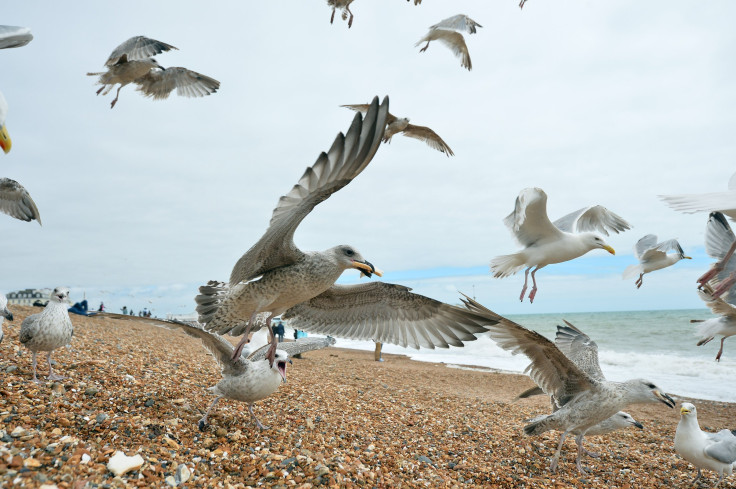Seabirds Eating Plastic: Water Pollution Forces 90% To Ingest Toxic Material, Study Finds

Seabirds have seen a dangerous increase in the amount of plastic they ingest, according to researchers who say around 90 percent have the toxic material in their guts. The figure is dramatically higher than just a few decades ago, and just 10 percent of seabirds were found in the 1980s to have plastic inside of them, Discovery News reported. Birds ingest the poisonous material at such high rates because they often confuse the plastic floating on surface waters with food, the researchers said.
The study, which was published in the Proceedings of the National Academy of Sciences, looked at 186 species of seabirds and applied information on garbage pollution in their habitats, foraging behavior and body size to predict plastic ingestion. Researchers also considered studies of actual plastic ingestion by different species of seabirds from 1962 to 2012.
“This really is an issue that concerns every single person, and their daily habits,” Boris Worm, a professor of biology at Dalhousie University, told Discovery News.
Based on the study's model, researchers determined 90 percent of the birds have plastic in their guts, and the number will only increase in the next few decades if people's habits do not change. “We predict plastics ingestion is increasing in seabirds, [and] will reach 99 percent of all species by 2050,” the authors wrote.
Plastic ingestion can lead to the birds' poisoning, intestinal blockage and other problems. Other wildlife in the food chain may also be affected if the birds continue to ingest plastic at such rates, researchers warned in the study. People must reduce their plastic usage and come up with better waste management to stop threatening the seabird population.
“The biggest single problem is the rapid economic growth and increased use of disposable plastics in many parts of the world, where the waste collection and management [such as safe storage and recycling] system has simply not grown at the same pace," Worm said. "That is, the waste is disposed anywhere, and not stored properly.”
© Copyright IBTimes 2024. All rights reserved.












